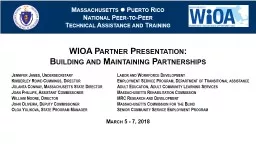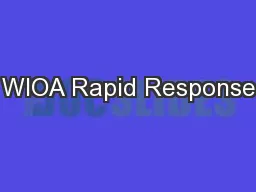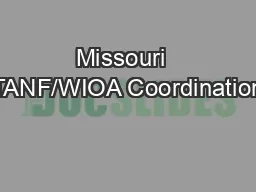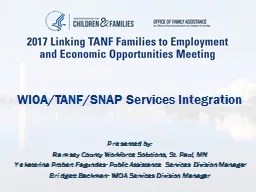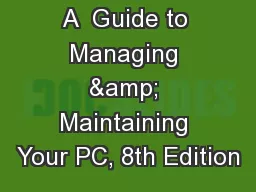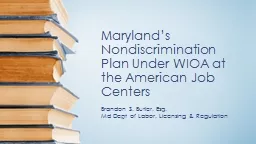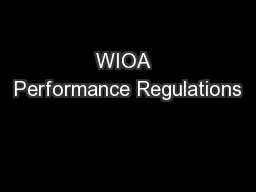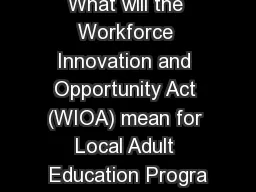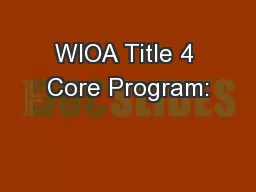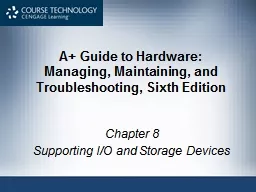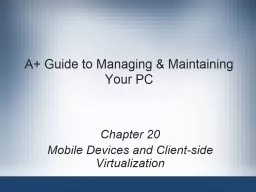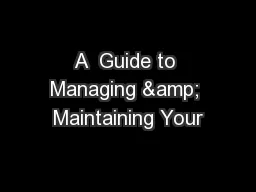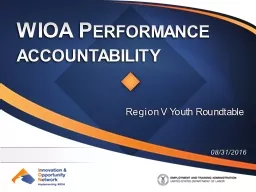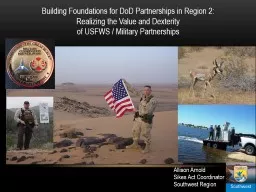PPT-3/2/2018 WIOA Partner Presentation: Building and Maintaining Partnerships
Author : marina-yarberry | Published Date : 2019-11-01
322018 WIOA Partner Presentation Building and Maintaining Partnerships Jennifer James Undersecretary Labor and Workforce Development Kimberley RoweCummings Director
Presentation Embed Code
Download Presentation
Download Presentation The PPT/PDF document "3/2/2018 WIOA Partner Presentation: Bui..." is the property of its rightful owner. Permission is granted to download and print the materials on this website for personal, non-commercial use only, and to display it on your personal computer provided you do not modify the materials and that you retain all copyright notices contained in the materials. By downloading content from our website, you accept the terms of this agreement.
3/2/2018 WIOA Partner Presentation: Building and Maintaining Partnerships: Transcript
Download Rules Of Document
"3/2/2018 WIOA Partner Presentation: Building and Maintaining Partnerships"The content belongs to its owner. You may download and print it for personal use, without modification, and keep all copyright notices. By downloading, you agree to these terms.
Related Documents

